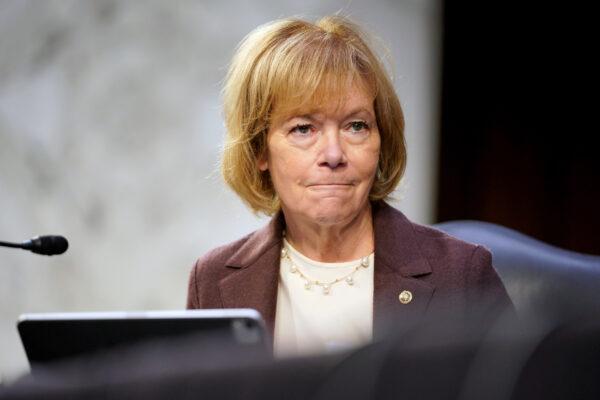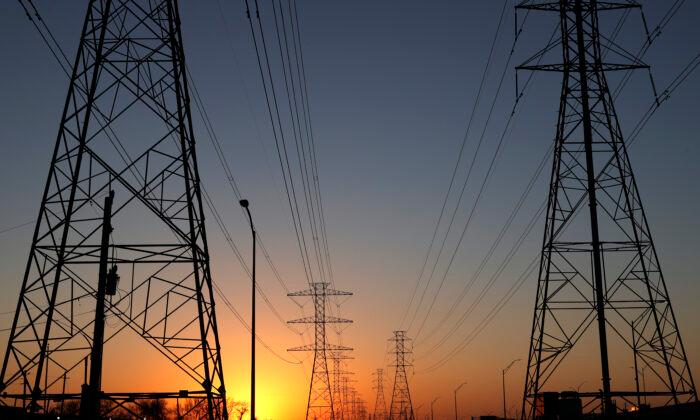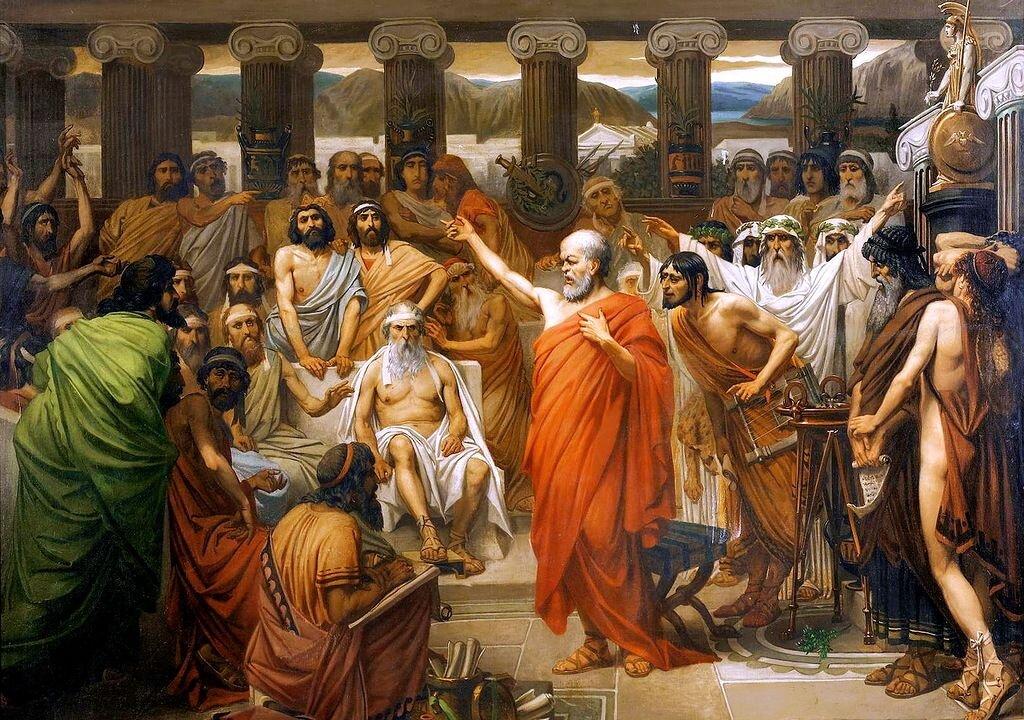The battle over President Joe Biden’s sweeping clean energy plan isn’t over, but there already appears to be a winner–natural gas.
The fossil fuel will likely remain a mainstay of America’s electrical grid for some time, according to energy experts and lawmakers. That’s a big disappointment to liberal Democrats and environmentalists. In protests in cities and campuses nationwide, one of them fronted by Senate Majority Leader Chuck Schumer, they made natural gas the new climate villain, replacing coal, the dirtier fossil fuel that’s fading in the states.
Climate activists had pinned their hopes on the administration’s proposal to remake the energy industry at breakneck speed. It gives financial incentives to utilities to ramp up the deployment of clean energy sources such as wind and solar and would slow if not stop the expansion of gas-fired power plants.
But Sen. Joe Manchin, who controls climate policy as chair of the Energy and Natural Resources Committee, said in early September that he would block Biden’s ambitious plan and seek a middle ground. The West Virginian’s insistence that any climate policy must leave plenty of room for natural gas was criticized by Rep. Alexandria Ocasio-Cortez, among other progressives, as a favor to the fossil fuel industry, which has a large footprint in his home state.
As Manchin tells it, hitting the brakes on natural gas is a risk he’s not willing to take. Although such a move would reduce carbon emissions―a goal the senator shares―it makes the nation’s aging and feeble grid more vulnerable to dangerous blackouts as wind and solar energy play a larger role. They don’t supply power when the wind stops blowing and the sun is down. So natural gas plants, which have contributed to the closing of hundreds of coal burners, need to anchor the grid until viable clean substitutes come of age.
“The United States leads the world in emissions reductions and that’s largely because of the increased utilization of natural gas,” says Anne Bradbury, CEO of the gas and oil trade group American Exploration & Production Council. “It seems extremely shortsighted to be demonizing the use of natural gas.”
A Setback for Carbon Capture
Environmental groups are getting in the way of the rollout of a technology that could eventually clean up gas plants, according to carbon capture advocates, which emit about half the emissions of coal.The Carbon Capture Coalition, a group of energy and advocacy groups, has been lobbying for an increase in the federal tax credit for a technology that can remove more than 90 percent of carbon emissions from gas plants. The bigger subsidy is needed to kick-start the commercial rollout of large carbon-capture installations, much like the tax credits that spurred the expansion of wind and solar power.
A Lack of Transparency
Americans have had only a limited view of the consequential battle over Biden’s clean energy plan in Congress–which affects almost everyone who depends on electricity, and their pocketbooks. So far consumers have paid an average of 2.6 percent more for green power.Democrats are pushing their climate plan through the budget reconciliation process because it requires only 50 votes for passage in a divided Senate and avoids a Republican filibuster. It’s also an expediated process that limits debate on the floor of Congress and public transparency. Without congressional hearings, consumers haven’t had the benefit of testimony from experts who can point out the merits and flaws of Biden’s plan.
That’s a big departure from the sunshine that typically illuminates such big proposals. The last time Congress considered a major climate measure, the Waxman-Markey bill, experts testified in high-profile public hearings in the House that were covered by the national media. The Affordable Care Act featured hundreds of hours of public hearings.
“With something as important as energy policy that could have a big impact on the national economy, it should be fully debatable and fully amendable,” says Bill Hoagland, a former staff director of the Senate Budget Committee who worked on 17 of 21 previous reconciliation laws. “It’s not something that should be done in a partisan manner through reconciliation.”
Hoagland says both parties have “abused” that procedure to create new laws after it was set up in the 1970s to bring fiscal accountability to existing laws. Biden’s climate plan marks the first attempt to transform a major industry through reconciliation. Hoagland, now a senior vice president at the Bipartisan Policy Center, says Senate staffers and advocates called him to get his advice.
The Truthiness of Computer Models
Computer models–a bête noire of climate skeptics–live on in the debate over the clean energy transformation, providing ammunition for each side.The dispute boils down to the reliability of the electrical grid. If intermittent wind and solar power quickly dethrone natural gas as the dominant source of energy, as the Biden administration envisions, will the grid become even more prone to blackouts?
No one really knows for sure. Enter computer models.
“The expansion of natural gas should come to a halt if the Biden policy is passed,” says Mike O’Boyle, who collaborated on the study as director of electricity policy at Energy Innovation. “I’m sure some utilities will make the case that they need it for reliability. So it will be up to the regulators to hold their feet to the fire and make sure that the gas plant is the most economic option.”
Even a large deployment of wind and solar farms won’t be able to meet peak demand–which is expected to grow in coming decades–when the wind and sun are down, says Arne Olson, a senior partner at the consulting firm and co-author of the study. That means additional gas power needs to be available, particularly in regions where coal plants are closing, until the day arrives that cleaner fuels like hydrogen can carry the load, he says.
Tina Smith Takes the Stage
If the administration and Manchin come together on a clean energy plan, Tina Smith will be a big reason why.
Since 2019, the Democratic senator from Minnesota, a self-described pragmatist, has focused on crafting a practical policy that utilities could support. Biden’s team took some ideas from Smith’s playbook but set far more ambitious goals: 80 percent carbon-free electricity by 2030.
Some Republicans and moderate Democrats are backing a much slower transition by 2050 that wouldn’t push gas power aside. The influential utility trade group Edison Electric Institute and labor unions, including the United Mine Workers–a backer of Manchin–have rallied behind the bipartisan bill.
Smith, who was first elected in 2018, now finds herself at center stage in negotiations with Manchin. They are trying to find a middle ground, which may be somewhere between 2030 and 2050.
There are more knobs to turn in the negotiations. The administration wants to compel utilities to adopt any form of clean power by giving them a federal grant if they hit an annual growth target of about 3 percent to 4 percent. They will also pay penalties for missing it. (The spending and revenue scheme was also devised to try to make the energy plan eligible for the budget reconciliation process.)
But gas power isn’t included in the proposal, putting it at an economic disadvantage compared to renewables. Industry and utility groups object and are lobbying for gas to receive a partial grant since it’s cleaner than coal.
Adding to the uncertainty over a climate policy in Congress, Democratic leaders in the Senate recently put a politically controversial carbon tax back on the table. They see it as a way to reduce emissions and raise revenue to help pay for the social spending package.
“I’m always interested in figuring out how we can make adjustments to solve problems that people see, and frankly, sometimes that makes a bill better,” Smith told RealClearInvestigations. “There are a lot of issues in this. But I think we are going to get there.”







Friends Read Free